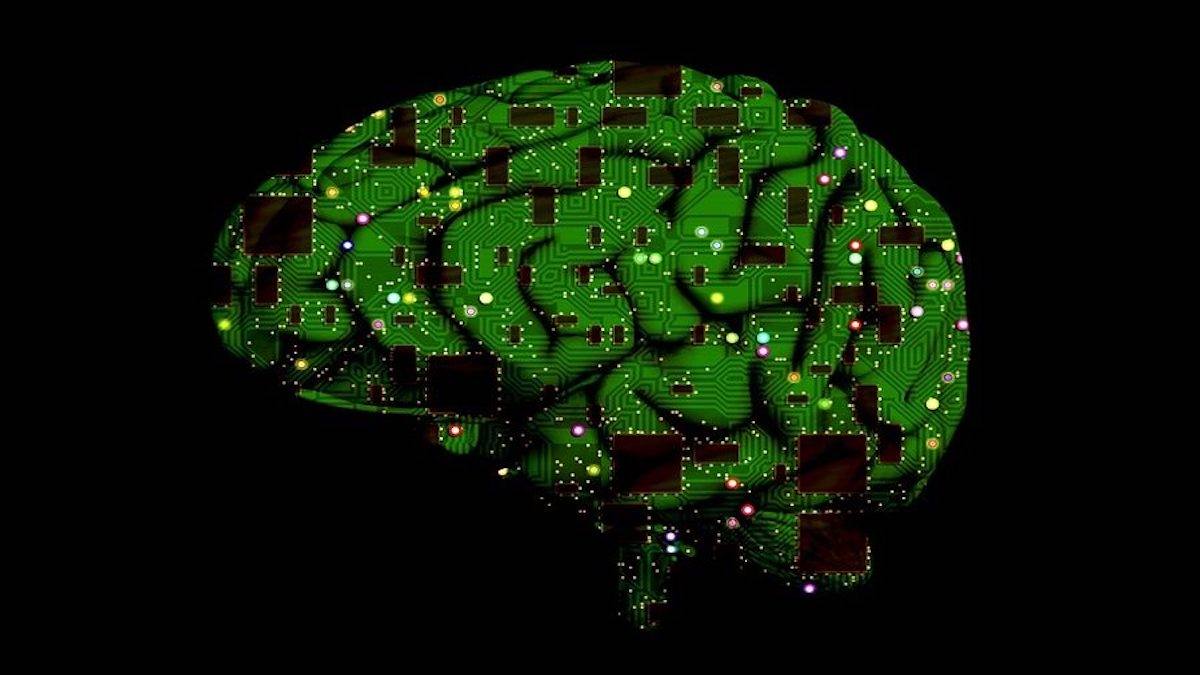The human brain is one of the most powerful machines in the world and scientists have not been able to create a machine as powerful as it. Even with artificial intelligence, it hasn’t been possible to create a machine as energy-efficient as the human brain.
However, a team of researchers from MIT, led by Emily Toomey, has designed a superconducting neuron using nanowires which matches the energy efficiency of the brain. The researchers say that this superconducting neuron is much more energy-efficient than any other conventional computing machinery.
This achievement is credited to a particular nonlinear property of nanowires that makes them similar to how the human brain functions. The property is attributed to nanowires’ superconductivity, which breaks down when the current flowing through it exceeds the threshold level.
When superconductivity breaks down, resistance increases, which in turn produces a voltage pulse. This voltage pulse is used for modulating another pulse produced by the next superconducting nanowire.
The relay effect creates a circuit of superconducting nanowires which possesses many properties of a biological neuron such as a refractory period, a firing threshold and a travel time.
Toomey’s team demonstrated how the superconducting neuron can trigger or inhibit other neurons. The ability to control other neurons is a major part of this design. No other superconducting neuron design has managed to achieve it prior to this design.
Moreover, superconducting neuron consumes very little amount of power which means that the efficiency of this design is almost comparable to a biological neuron network.
However, this artificial network of superconducting neurons can connect to a handful of other neurons whereas each neuron in the human brain connects to thousands of other neurons.
The team says, “The analysis performed here suggests that the nanowire neuron is a promising candidate for the advancement of low-power artificial neural networks.”
However, it is still in the design phase and requires a proof-of-principle demo before it could be used for applications like pattern recognition and decision making.
Nonetheless, it is a great leap and we might even see a fully functional artificial human brain-like network soon.
For in-depth information, you can refer to the research paper here.










